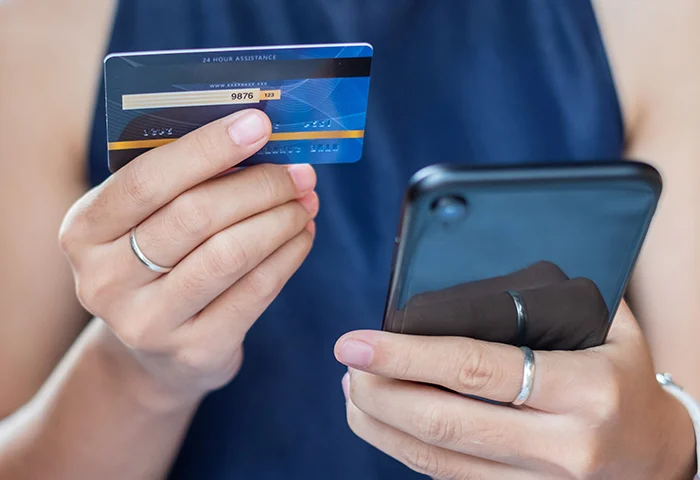USB (Universal Serial Bus) cables have become ubiquitous in our modern digital lives, connecting everything from smartphones and computers to external hard drives and cameras. However, managing these cables can sometimes be a hassle, especially when you need to hold two USB cables together. Whether for organization, convenience, or functionality, knowing how to hold two USB cables together effectively can make a big difference. This article will explore various methods and solutions for keeping USB cables organized and together.
Why You Might Need to Hold USB Cables Together
There are several reasons why you might need to hold two USB cables together:
- Organization: Keeping cables together reduces clutter and makes it easier to find and use them when needed.
- Convenience: When cables are held together, they are less likely to get tangled or lost.
- Functionality: Certain setups, like connecting multiple devices to a computer, require cables to be held together for better management and accessibility.
Methods to Hold Two USB Cables Together
There are various methods to hold USB cables together, ranging from simple DIY solutions to specialized products designed for cable management.
1. Cable Ties
Cable ties are one of the most common and effective ways to hold two USB cables together. They are inexpensive, easy to use, and available in various sizes and colors. Here’s how to use them:
- Step 1: Align the two USB cables side by side.
- Step 2: Wrap a cable tie around the cables at intervals, starting from one end and working towards the other.
- Step 3: Tighten the cable tie and trim any excess length.
Cable ties are great for semi-permanent solutions. However, if you need to frequently separate the cables, consider using reusable cable ties or hook-and-loop straps.
2. Velcro Straps
Velcro straps are a reusable and adjustable option for holding USB cables together. They are gentle on cables and easy to apply and remove. Here’s how to use Velcro straps:
- Step 1: Place the two USB cables parallel to each other.
- Step 2: Wrap a Velcro strap around the cables and secure it by pressing the Velcro ends together.
- Step 3: Repeat this process at multiple points along the length of the cables.
Velcro straps are ideal for users who frequently need to separate and rejoin their cables.
3. Cable Clips
Cable clips are small devices that hold cables in place and keep them from getting tangled. They can be attached to desks, walls, or any flat surface. Here’s how to use them:
- Step 1: Choose a suitable location to place the cable clip.
- Step 2: Insert the two USB cables into the clip.
- Step 3: Press the clip to secure the cables in place.
Cable clips are great for keeping cables organized on a desk or workstation.
4. Cable Sleeves
Cable sleeves are flexible tubes that enclose multiple cables, providing protection and organization. Here’s how to use them:
- Step 1: Measure the length of the cables and cut the sleeve accordingly.
- Step 2: Insert the two USB cables into the sleeve.
- Step 3: Use Velcro or zip ties to close the sleeve.
Cable sleeves offer a neat and professional look, making them ideal for home and office environments.
5. Twist Ties
Twist ties are a simple and cost-effective solution for holding USB cables together. They are often included with new electronics or can be purchased separately. Here’s how to use them:
- Step 1: Align the two USB cables.
- Step 2: Wrap a twist tie around the cables and twist the ends to secure them.
Twist ties are easy to use and can be reused multiple times, making them a versatile option.
6. Magnetic Cable Organizers
Magnetic cable organizers use magnets to hold cables together. They are stylish, reusable, and easy to adjust. Here’s how to use them:
- Step 1: Place the magnetic cable organizer around the two USB cables.
- Step 2: Adjust the magnets to secure the cables together.
Magnetic cable organizers are a modern and efficient way to keep cables organized.
DIY Solutions for Holding USB Cables Together
If you prefer a DIY approach, there are several creative ways to hold USB cables together using household items.
1. Binder Clips
Binder clips can be repurposed to hold USB cables together. Here’s how:
- Step 1: Align the two USB cables.
- Step 2: Clip the cables together using a binder clip.
- Step 3: Optionally, attach the binder clip to a desk or other surface for added stability.
2. Rubber Bands
Rubber bands are another simple solution for holding USB cables together. Here’s how:
- Step 1: Place the two USB cables side by side.
- Step 2: Wrap a rubber band around the cables at intervals.
3. Bread Ties
Bread ties from bread bags can be used to hold USB cables together. Here’s how:
- Step 1: Align the two USB cables.
- Step 2: Wrap the bread tie around the cables and twist to secure.
Best Practices for Cable Management
In addition to holding USB cables together, following best practices for cable management can help maintain an organized and efficient workspace.
- Label Cables: Use labels or tags to identify different cables, making it easier to find and manage them.
- Use Cable Management Boxes: Store excess cable length in cable management boxes to keep them tidy.
- Avoid Over-Bending: Ensure cables are not bent at sharp angles to prevent damage.
- Regular Maintenance: Periodically check and reorganize cables to prevent tangling and wear.
Conclusion
Holding two USB cables together can greatly improve organization, convenience, and functionality in your workspace. Whether you choose cable ties, Velcro straps, cable clips, or a DIY solution, there are plenty of options to suit your needs. By implementing effective cable management practices, you can create a clutter-free and efficient environment that enhances your productivity and reduces stress.
Incorporate these methods and best practices to keep your USB cables organized and easily accessible, ensuring a smoother and more enjoyable experience with your digital devices.




